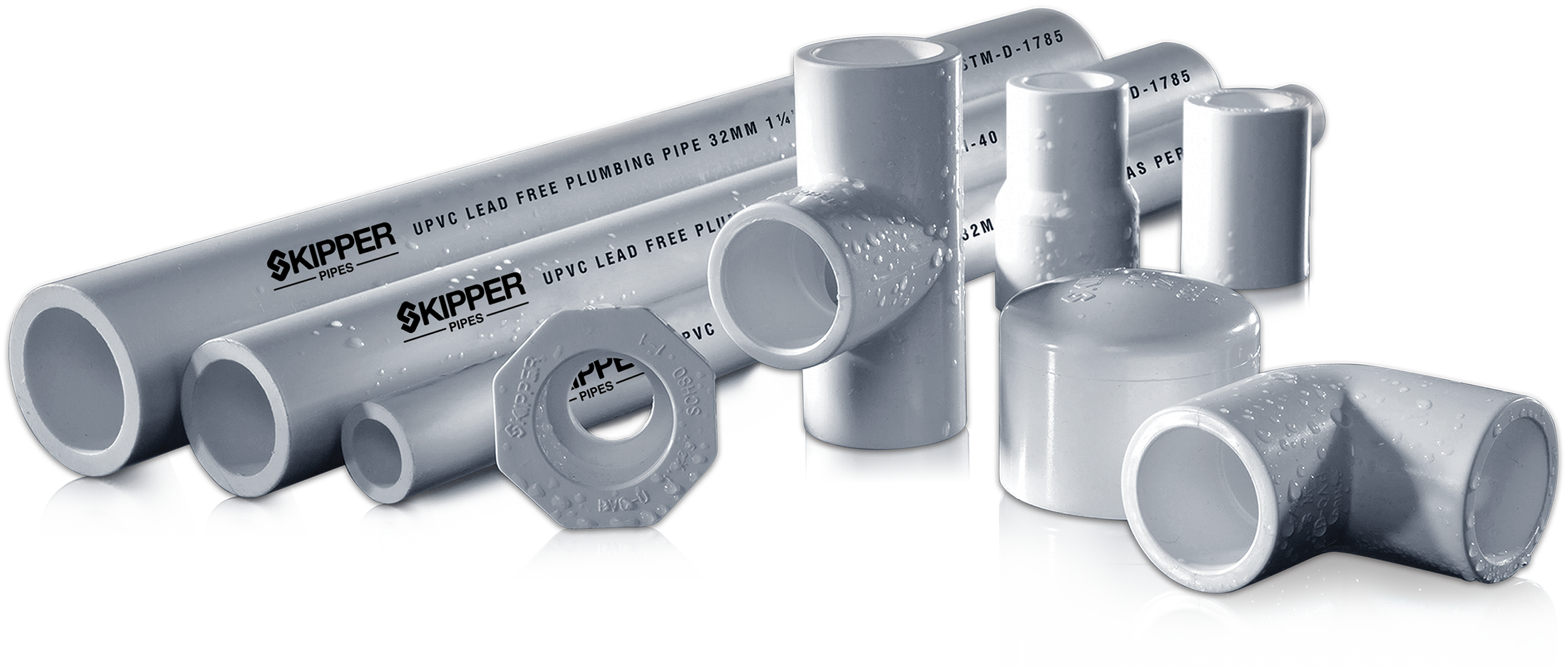Unplasticized Polyvinyl Chloride (UPVC) pipes have recently attracted attention from architects and builders alike. This shift is not merely a trend but a conscious choice, highlighting the benefits of using UVPC pipes. This article explores the opinions of architects on UPVC pipes, shedding light on why they’re becoming a preferred material in construction.
What Are UPVC Pipes?
Definition and Composition: UPVC pipes are made without plasticizers, making them more rigid.
Application: From plumbing to drainage, UPVC pipes have diverse applications.

Unplasticized Polyvinyl Chloride (UPVC) pipes have recently attracted attention from architects and builders alike. This shift is not merely a trend but a conscious choice, highlighting the benefits of using UPVC pipes. This article explores the opinions of architects on UPVC pipes, shedding light on why they’re becoming a preferred material in construction.
Environmental Benefits
Eco-Friendly: UPVC pipes are recyclable, contributing to sustainability.
Energy-Efficient Production: Compared to metal pipes, UPVC pipes require less energy to produce.
Architects’ Opinions on UPVC Pipes
Durability: Renowned architects praise UPVC pipes for their long lifespan.
Cost-Effective: Many architects find UPVC pipes to be an affordable alternative.
Easy Installation: The ease of installation is a favorite aspect among architects.
Aesthetic Flexibility: Modern designs often incorporate UPVC pipes for their sleek appearance.

Technical Benefits of Using UPVC Pipes
Corrosion Resistance: Unlike metal, UPVC doesn’t rust or corrode.
Low Maintenance: Requires little to no maintenance, a highly attractive feature.
Thermal Insulation: UPVC’s insulation properties are a key advantage in construction.
Case Studies: UPVC Pipes in Modern Structures
Residential Buildings: Many new homes utilize UPVC pipes for their benefits.
Commercial Structures: Large commercial buildings are adopting UPVC for sustainability.
Public Infrastructure: Governments are investing in UPVC pipes for long-term solutions.
Potential Drawbacks and Concerns
Temperature Sensitivity: UPVC can become more brittle in extreme temperatures.
Professional Opinion Divides: While many praise UPVC, some architects remain skeptical.
How to Choose the Right UPVC Pipes
Quality Assurance: Selecting reputable brands is crucial for success.
Consult with Professionals: Engaging architects and plumbers ensures proper implementation.
Future of UPVC Pipes in Architecture
Growing Adoption: The trend towards UPVC pipes is expected to grow.
Innovation in Technology: Ongoing research may further enhance UPVC’s benefits.
Conclusion
UPVC pipes are quickly becoming a favored material within the architectural community. Their environmental friendliness, durability, and cost-effectiveness make them an attractive option for modern construction. The benefits of using UPVC pipes are clear, and architects’ opinions largely align in favor of this innovative material.
However, like any construction material, UPVC is not without its concerns. Careful selection, proper installation, and understanding potential drawbacks are essential for success.
In the end, the shift towards UPVC pipes in construction reflects a broader movement towards sustainable and responsible building practices. As technology and understanding continue to evolve, UPVC pipes are likely to play an even more significant role in shaping our built environment. The future indeed looks bright for UPVC pipes, and the architectural community seems ready to embrace it.